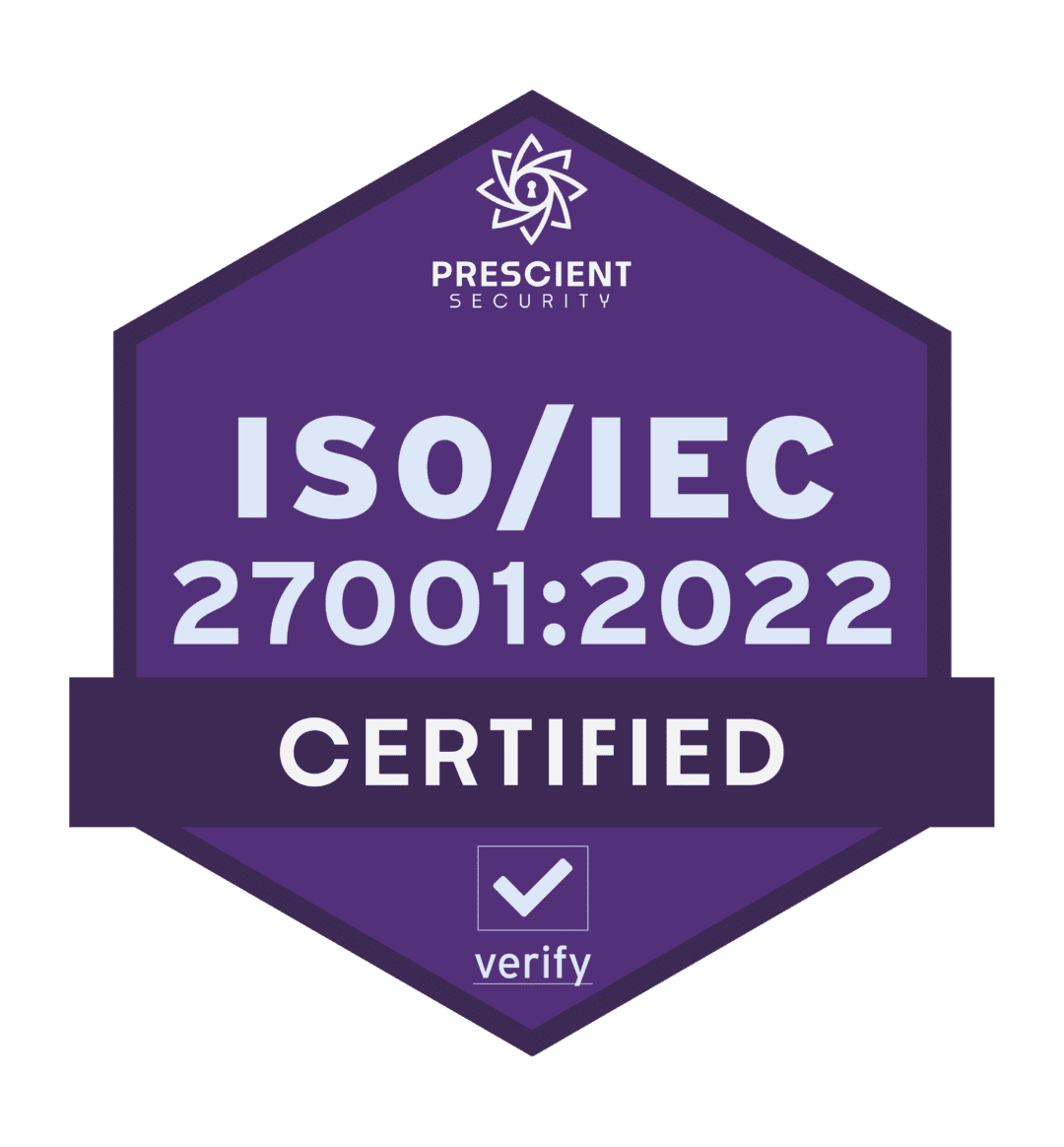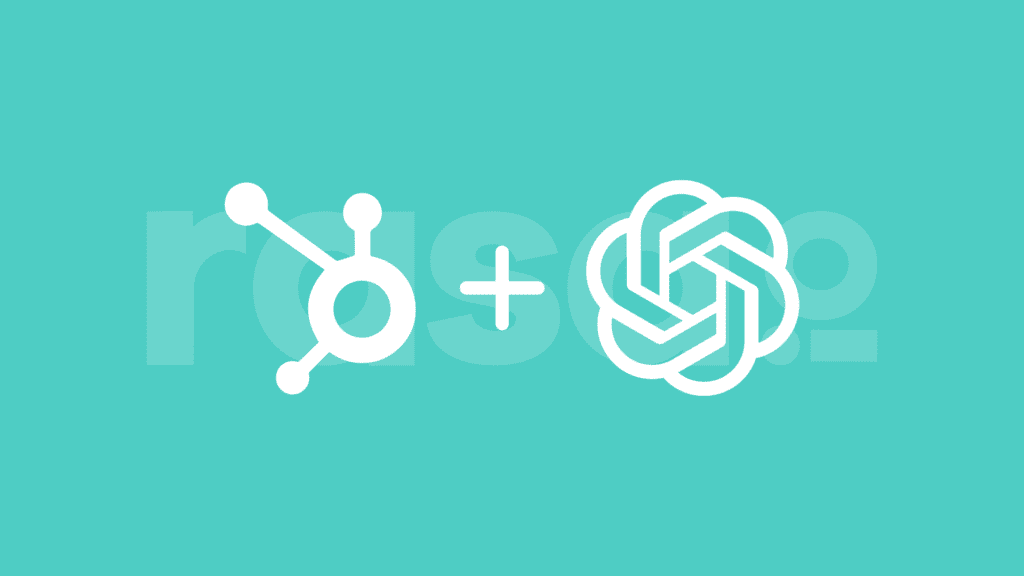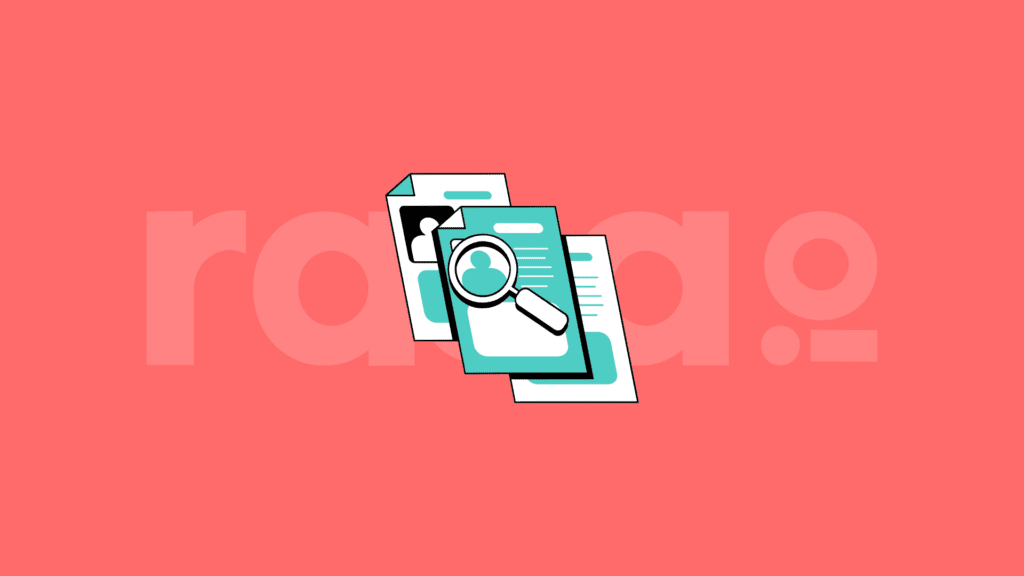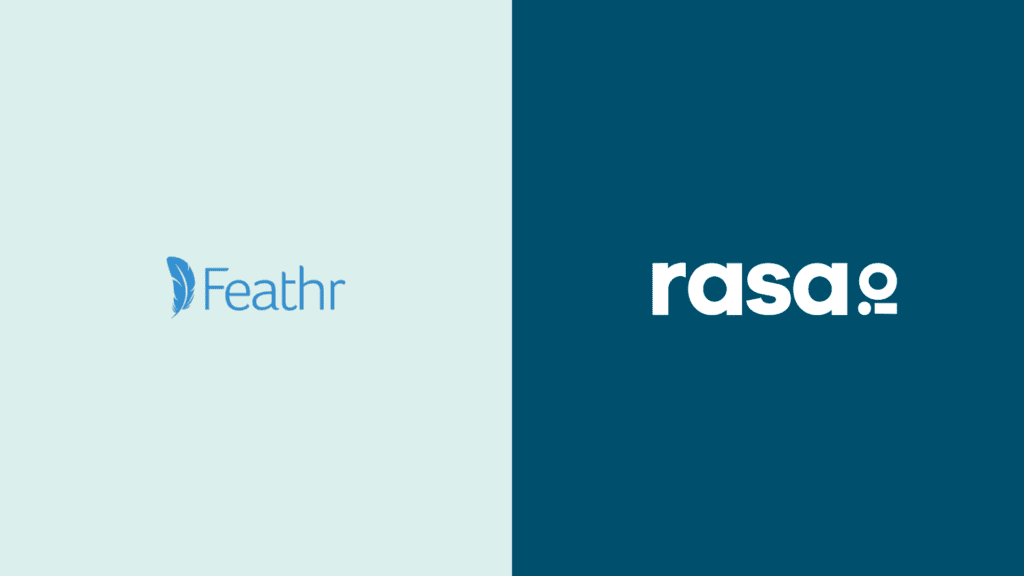Writing professional recommendations isn’t always easy – even if the subject of your recommendation works harder than Venus or Serena Williams (is that even possible?).
Whether you’re recommending a former coworker, client, employee, or a summer intern on (or off) LinkedIn, there could be a lot riding on what you say in your note. You need to convey professionalism, loyalty, dependability, and maybe even sprinkle in some personality, all while sounding genuine and using real-life examples.
So how can you improve your LinkedIn recommendation abilities?
We think the best way to get the ball rolling is to start with a little structure.
By having a consistent framework in mind, you’ll be writing recommendations faster than you can say, “Sally would be an excellent addition to any team.”
Well, maybe not that fast, but you get the point.
We’ve created the perfect how-to guide for LinkedIn recommendation letters that work in any industry. Do yourself (and your colleagues) a favor and use this template to finish any letter in under 5 minutes:
1 – Start with an attention-grabbing line
Make sure the reader knows your intentions right off the bat. If you are highly recommending someone on LinkedIn, you want the reader to know that within the first few seconds.
Recommendation letters, like resumes and cover letters, can be a make-or-break factor for highly desirable jobs. If you’re recommending someone to a potential employer, make sure your letter is exciting enough to hold the attention of a hiring manager.
Here are a few opening lines that are sure to get people listening to what you have to say:
“It’s rare that you find an engineer as brilliant as Sally.”
“In my whole management career, Steven is one of the best employees I’ve ever had.”
“You’ll never find a better salesman than Charlie.”
2 – Describe your working relationship
A hiring manager will want to know what it was like to work with the person you’re recommending. Provide details about how long you worked together and use this section to prove that you’re qualified to give this recommendation. You might also want to mention your professional relationship with the individual. Were you this person’s boss? A coworker? A team member? Keep it concise but do provide the necessary details.
“Sally and I worked on the operations team for 9 months…”
“I hired Steven as a project manager in 2020, and he has delivered excellent results on nine projects since then.”
“I was a supervisor and somewhat of a mentor to Alex for 2 years.”
3 – Share a specific trait or achievement
Be specific about why you’re recommending this person and share a piece of information that the reader wouldn’t gather from reading a resume or LinkedIn profile. A specific project or experience is another great way to give a concrete example of why this person was great to work with.
Think of anything that proves your recommendation is genuine and more than just fluff.
“Charlie completed 10M in sales in 6 months, a record high for our business.”
“Sally is extremely hard working and diligent, she doesn’t finish working until the job is done correctly. I can always trust that she will provide a perfect end result without needing to check her work constantly.”
4 – Mention personality
A hiring manager will want to know that a person is not only an excellent worker but also a pleasure to work with. Take a brief moment to talk about positive personality traits that speak to a person’s true character.
How well did the person get along with you and the rest of your coworkers? How did they handle conflict? How much will they be missed? Writing LinkedIn recommendations should come somewhat naturally if you’re being genuine about the individual’s character.
“Steve will be missed by everyone at our company!”
“Charlie is extremely professional, but can also lighten up a room with a well-timed and much-needed joke every now and again.”
“Alex was a delight to have on the team. They were always happy to share their skills, talent, and insight to help anyone out.”
5 – Sign off with a clear recommendation
At the end of your LinkedIn note, highly recommend the subject as a final thought. Make sure that the reader closes your letter with a complete picture of who the subject is and why they should be considered for employment. A positive sign-off is a reminder that you, a former employer, colleague, or associate, enjoyed working with the subject and wish them the best in the future, which is why you took the time to write a recommendation. Your sign off can be similar to the following:
“Sally would be an outstanding asset to any engineering team.”
“As an accountant in a management role, Steve has my highest recommendation.”
“Anyone would be lucky to work with Alex.”
Once you’ve completed your recommendation, offer a contact phone number or email to provide additional information upon request.
This template can be used in practically any industry where an individual is applying for employment, on or off of LinkedIn, just be sure that you don’t send anything too generic. The key to an effective recommendation is specific information and detailed accounts of an individual’s character. Plus, the more time and effort you put into writing someone else’s letter, the more likely they are to return the favor.











